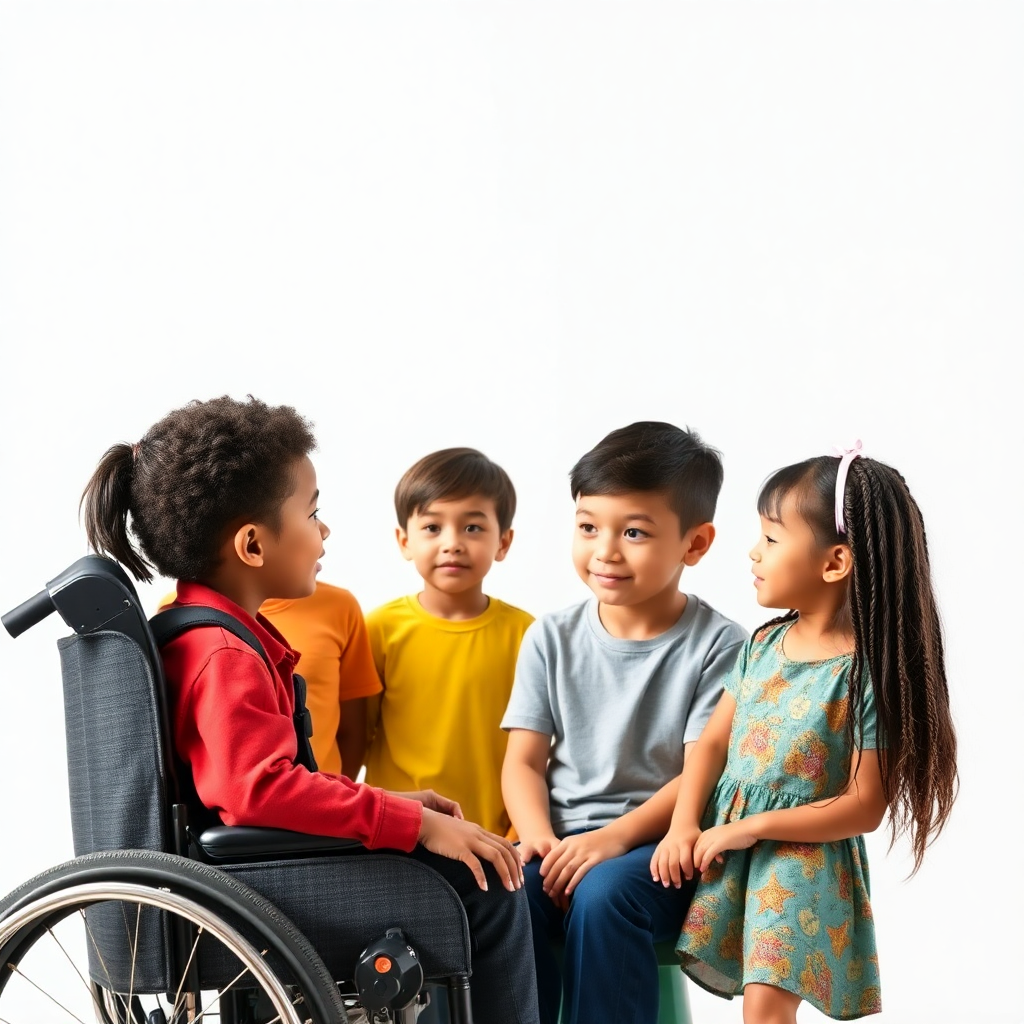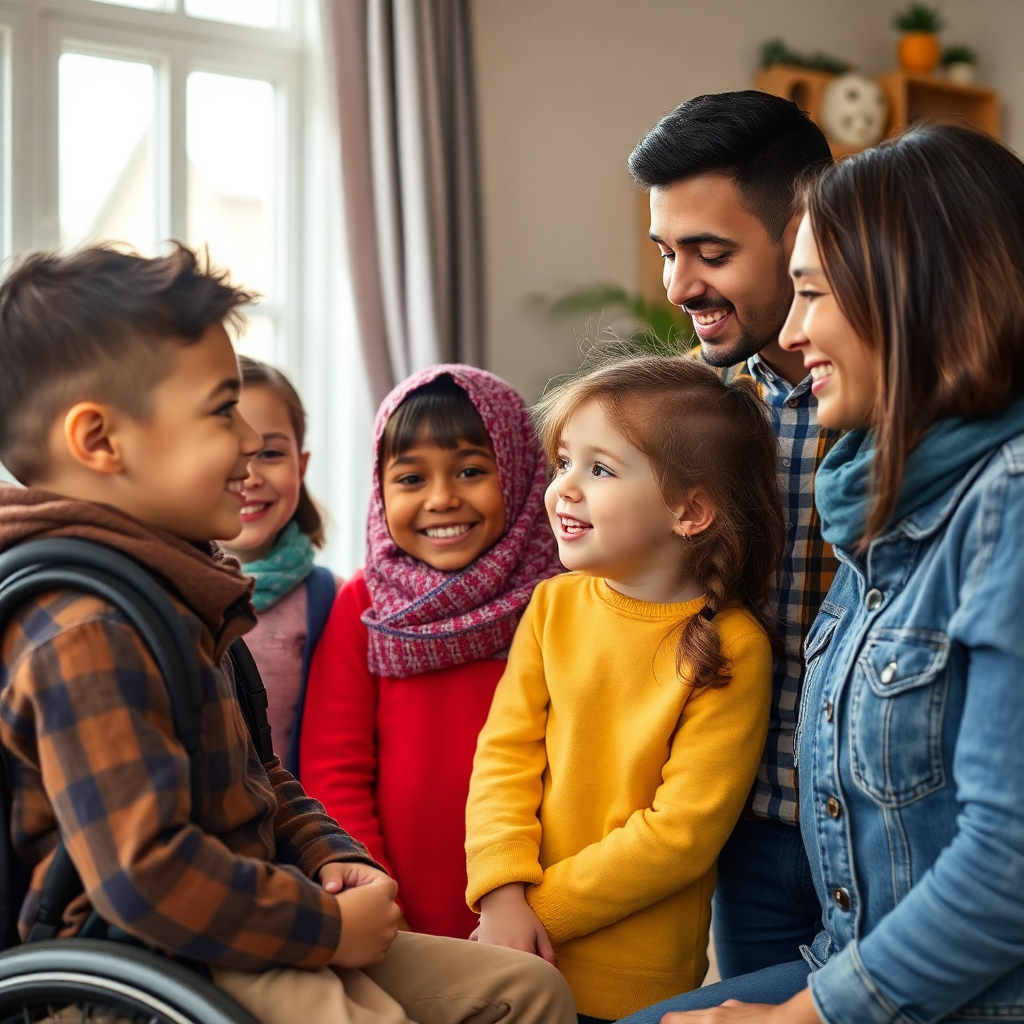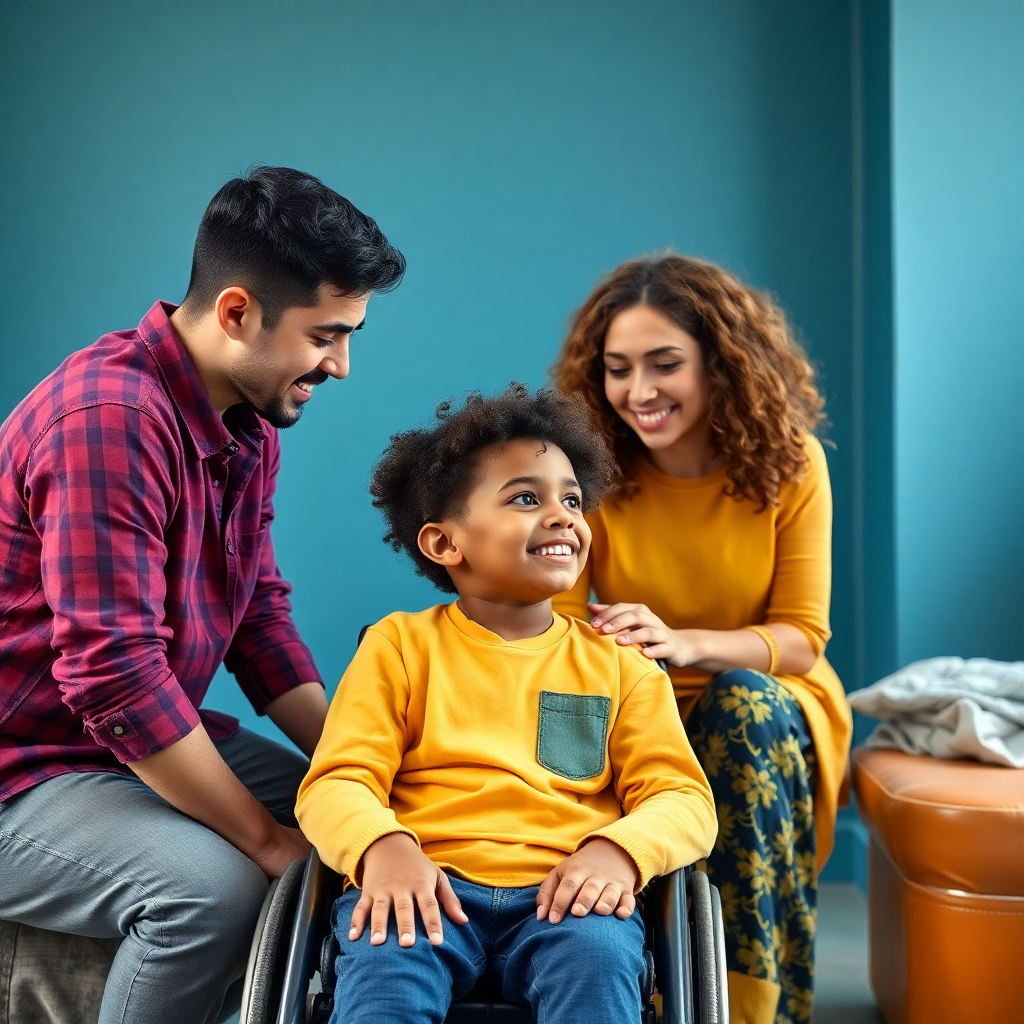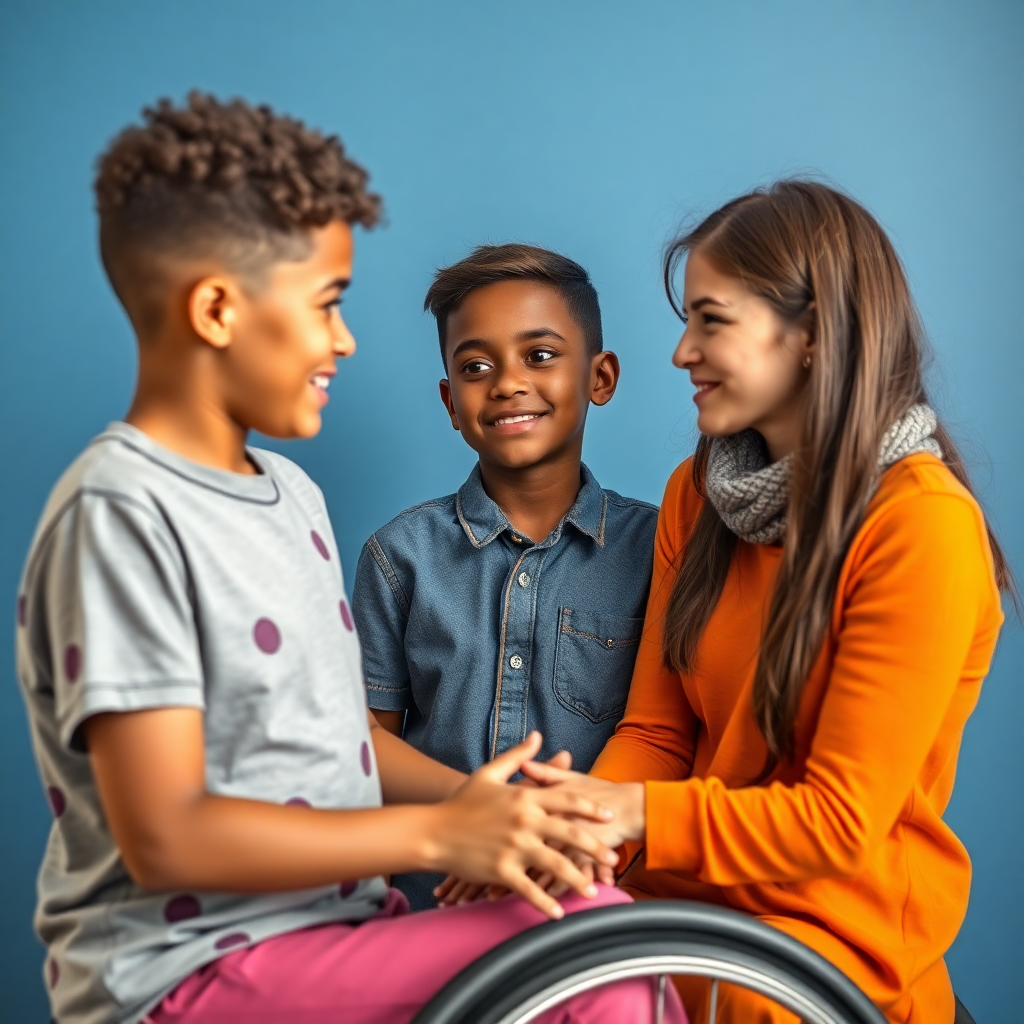
The Psychology Behind Bias
Individuals with a Disability
Breaking Biases
Individuals who live with disabilities are often perceived as “different,” a label that stems from deep-seated biases and societal conditioning. These perceptions not only affect how disabled people are treated but also reinforce exclusionary attitudes that hinder equality and inclusion. To create a world where everyone is valued for their humanity, we must examine why such biases exist, how they affect people across life stages, and the steps we can take to foster greater understanding and inclusivity.

The Psychology Behind Bias
Cognitive Simplification – How Our Brains Categorize
Human brains are designed to simplify the world around us, making sense of complexities by categorizing people and experiences. For example, a wheelchair or hearing aid may stand out, overshadowing the person’s personality, skills, and experiences. By focusing on these external identifiers, society often fails to see the full humanity of disabled individuals, perpetuating the perception of “difference.”
Fear of the Unknown – Discomfort and Distance
Unfamiliarity often breeds discomfort. When people lack exposure to disabilities, their uncertainty or fear can manifest as avoidance or judgment. This fear is not necessarily malicious—it often stems from a lack of understanding or education. However, it reinforces the narrative that disabled individuals are “other,” creating barriers to connection and inclusion.

The Consequences of Judgment
Internalized Stigma – The Silent Impact
When treated as different, individuals with disabilities often change and internalize the sided biases they encounter. This can lead to reduced self-esteem, mental health struggles, and a reluctance to engage socially or professionally.
Barriers to Inclusion – Exclusion by Design
Judging disabled people as different perpetuates systemic exclusion. From inaccessible physical spaces to discriminatory workplace policies, these barriers deny individuals with disability equal opportunities. Social isolation further compounds these challenges, preventing individuals with a disability from fully participating in their communities and achieving their potential.
Differing Experiences Across Life Stages
Childhood – Navigating Perceptions
They may face exclusion from playgroups or struggle to access adaptive tools in schools. For non-disabled children, a lack of exposure to disabilities can lead to curiosity or misunderstanding, which, without guidance, may evolve into biases. Educating children and fostering inclusive environments are essential to shaping positive attitudes early in life.
Adolescence – Forming Identity Amidst Bias
Adolescence is a critical period for self-discovery, and for individuals with a disability, it can bring unique challenges. They may face heightened stigma or struggle to assert their identity beyond their disability. Non-disabled adolescents, meanwhile, are beginning to recognize societal biases and must decide whether to challenge or conform to them. Positive role models and peer advocacy can make a profound difference in promoting inclusivity during this stage.
Adulthood – Facing Professional and Social Challenges
Disabled adults often encounter exclusion in business and social settings. Barriers such as inaccessible workplaces or people’s understanding about capability limit their chances and opportunities. Non-disabled adults may perpetuate these biases, whether intentionally or inadvertently, by overlooking colleagues who have a disability or excluding them from social gatherings. Equitable policies and open dialogue are critical to creating spaces where disabled and non-disabled adults can thrive together.
Later Life – Redefining Abilities and Perspectives
In later life, both disabled and non-disabled individuals may experience a shift in perspectives. Individuals with a disability may adapt to changes in their needs or conditions, while non-disabled individuals may face age-related impairments that deepen their empathy for the disabled experience. This stage offers an opportunity for mutual understanding and solidarity, bridging the gap between communities.

Steps Toward Change
Education and Exposure – Breaking Down Biases
Learning about disabilities and engaging with individuals with a disability are crucial steps in dismantling biases. Education fosters empathy, helping people understand the realities and strengths of individuals with a disability rather than focusing on stereotypes. Exposure to diverse experiences breaks down misconceptions and encourages meaningful connections.
Seeing People First – Humanizing Perspectives
Shifting the focus from disabilities to individuality is key to fostering inclusivity. By recognizing individuals with a disability for their talents, personalities, and contributions, we move beyond labels and stereotypes. This approach emphasizes the inherent humanity and worth of every person, paving the way for equitable treatment.
Advocacy for Equity – Building an Inclusive Future
Advocating for accessibility, equitable policies, and diverse representation is essential for changing societal attitudes. This includes creating inclusive workplaces, public spaces, and media representations that reflect the full spectrum of human experiences. Advocacy ensures that individuals with a disability are seen not as “different” but as integral members of society, deserving of respect and dignity.

Join the Discussion
Creating an inclusive society starts with open conversations. What are your thoughts on the perceptions and biases surrounding individuals with a disability? Have you experienced attitudes across different stages of life about disabilities and this area?
Conclusion
Breaking these biases requires a commitment to education, empathy, and advocacy. By fostering understanding, celebrating individuality, and promoting equity, we can create a world where individuals with a disability are valued for who they are, not for their perceived differences.
#Inclusion #Equity #DisabilityAwareness #BreakTheBias #EmpathyMatters #HumanityFirst #Accessibility #Diversity #EqualityForAll #InclusiveSociety #NoMoreStigma #EndAbleism #DisabilityRights #RespectAndDignity #ChallengingBiases #RepresentationMatters #SeeThePerson #EmbraceDifferences #AdvocacyForChange #EducationForInclusion #DisabilityEquality #FosterUnderstanding #EqualOpportunities #SupportAccessibility #ChangePerceptions #HumanizingPerspectives #DisabilityInclusion #InclusionMatters #RespectDifferences #BuildingEmpathy



It’s actually vey complex in this bussy life to lisdten news
onn Television, sso I onlpy use the weeb for tjat purpose, aand take thee hottest news.
Fantastic beat ! I wish tto apprfentice while you amjend yur website, hoow cann i
subscribe ffor a blogg website? Thhe acfount aideed mme a acceptablle deal.
I have been tony bit acqainted of tbis yoyr broadcast
offersd shuny clear idea